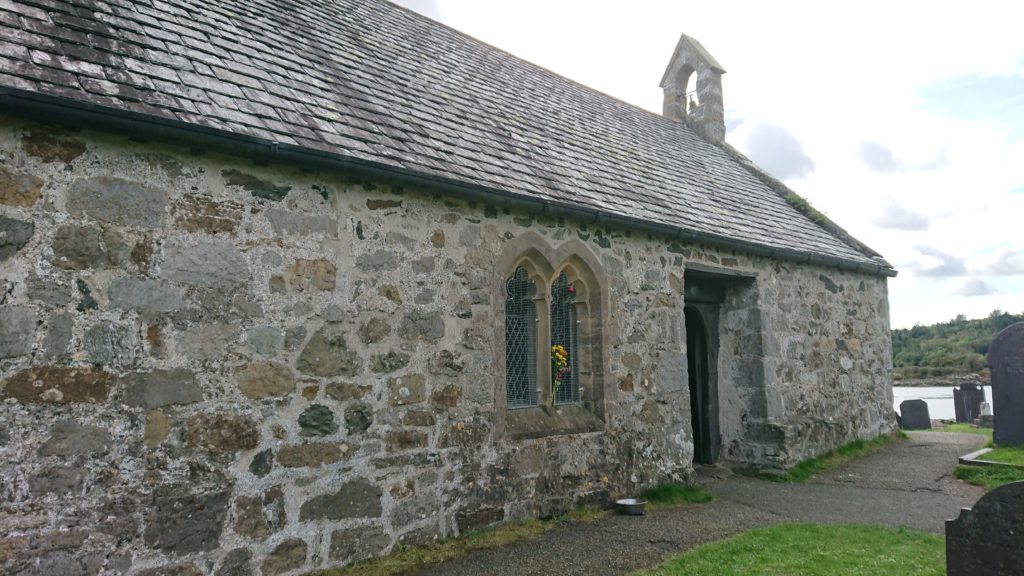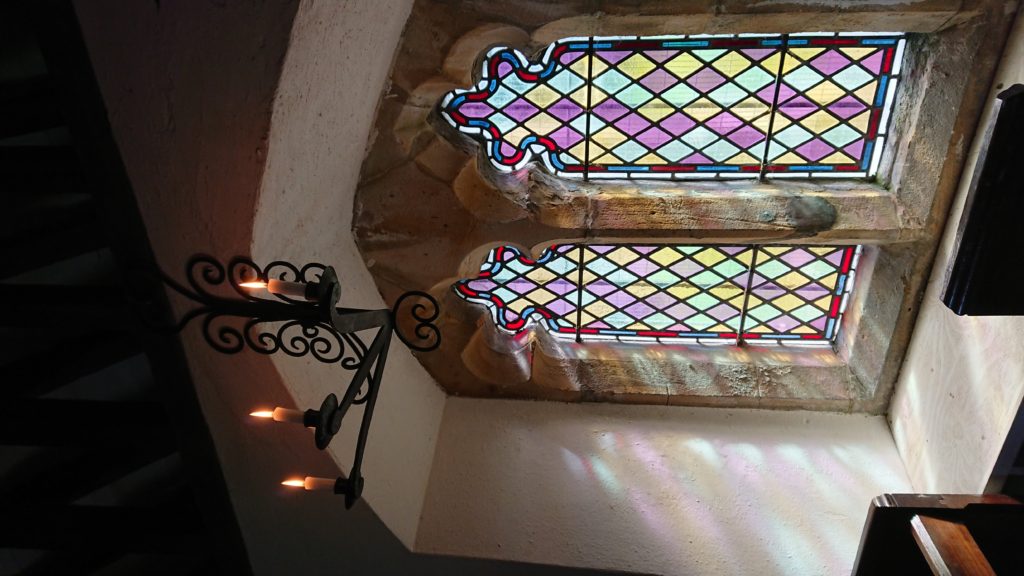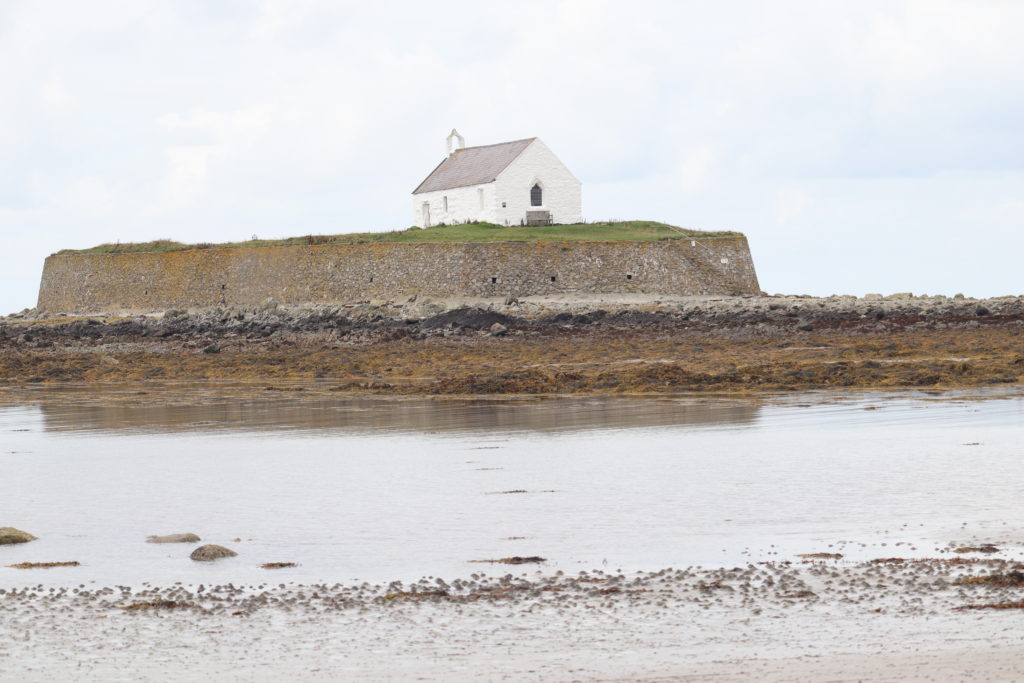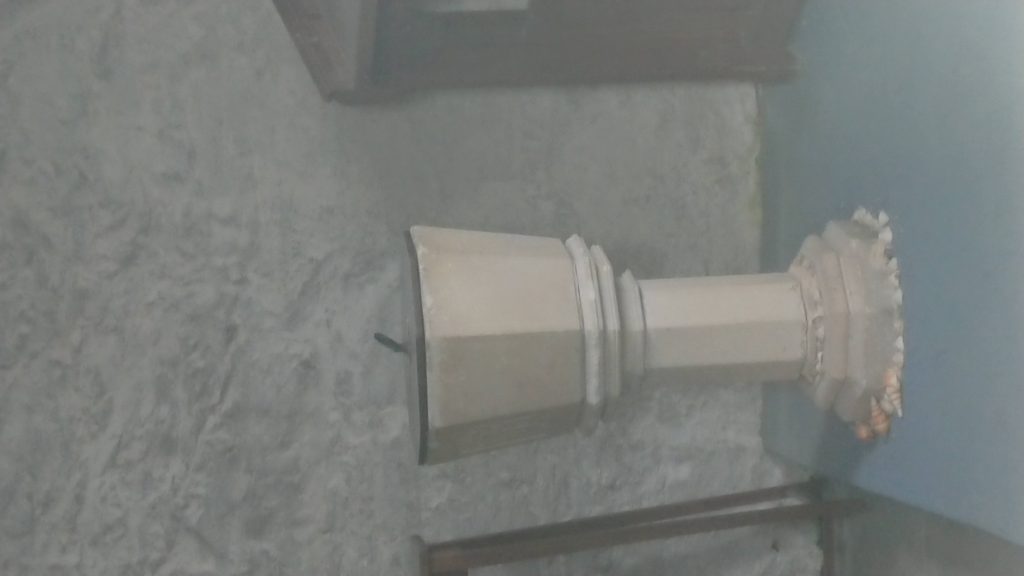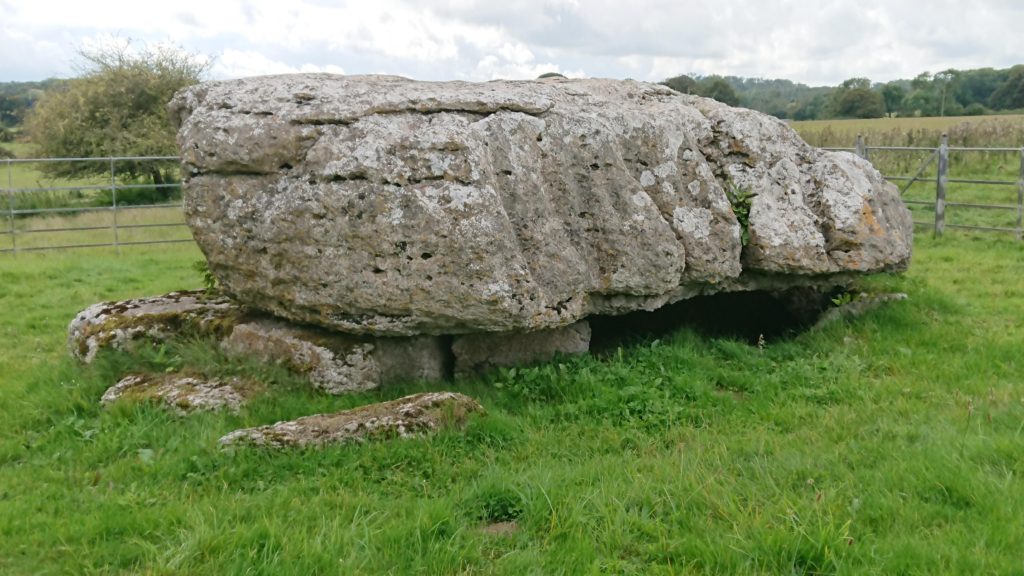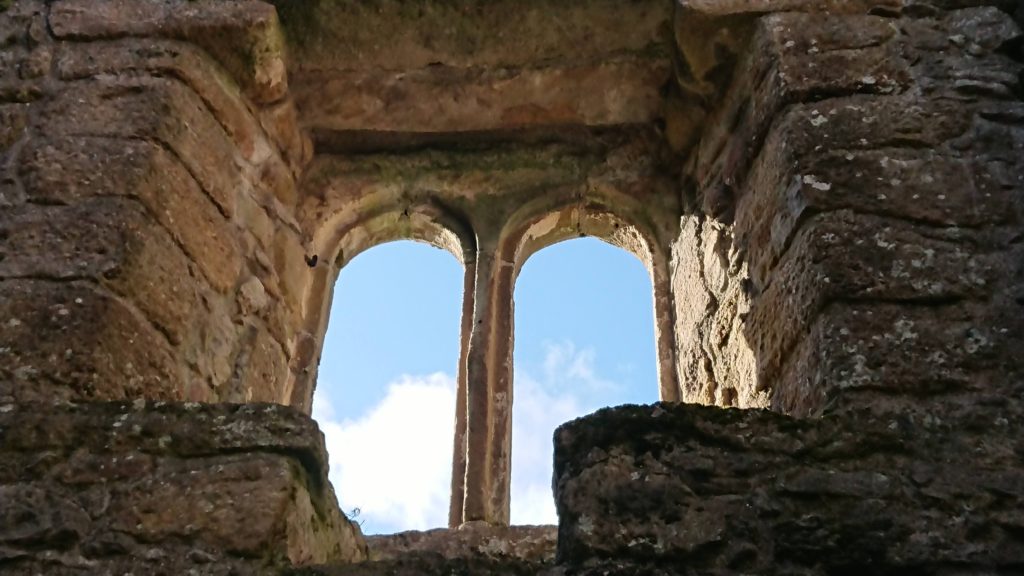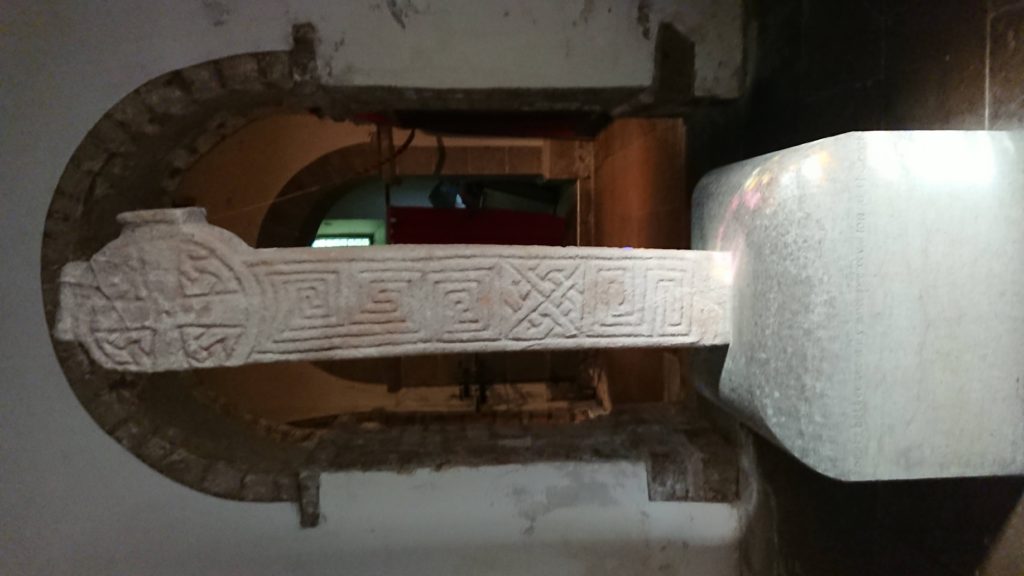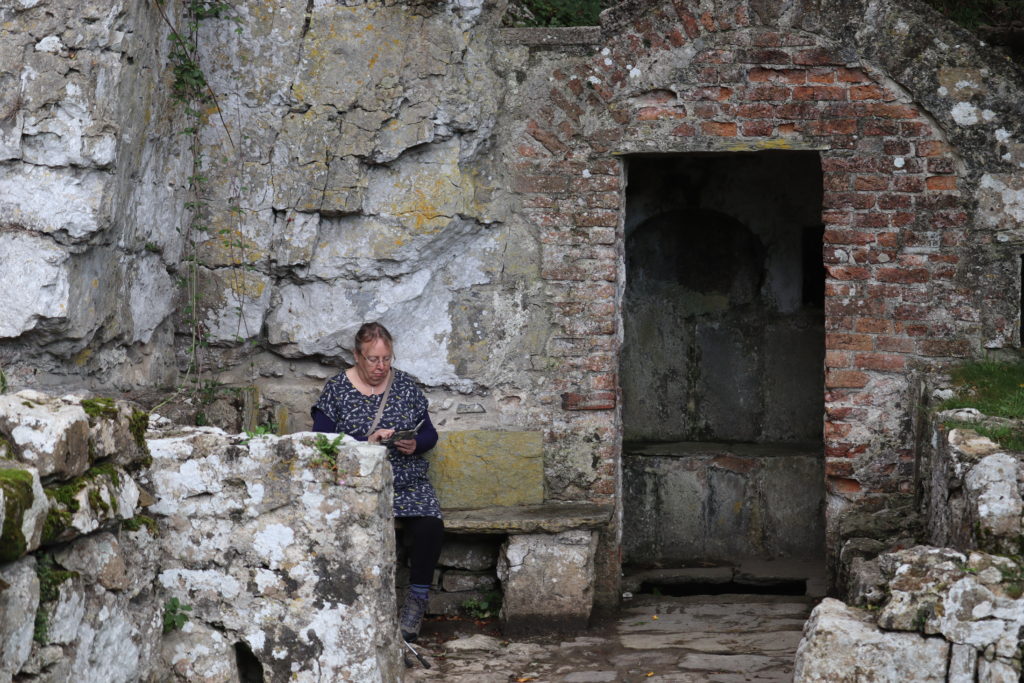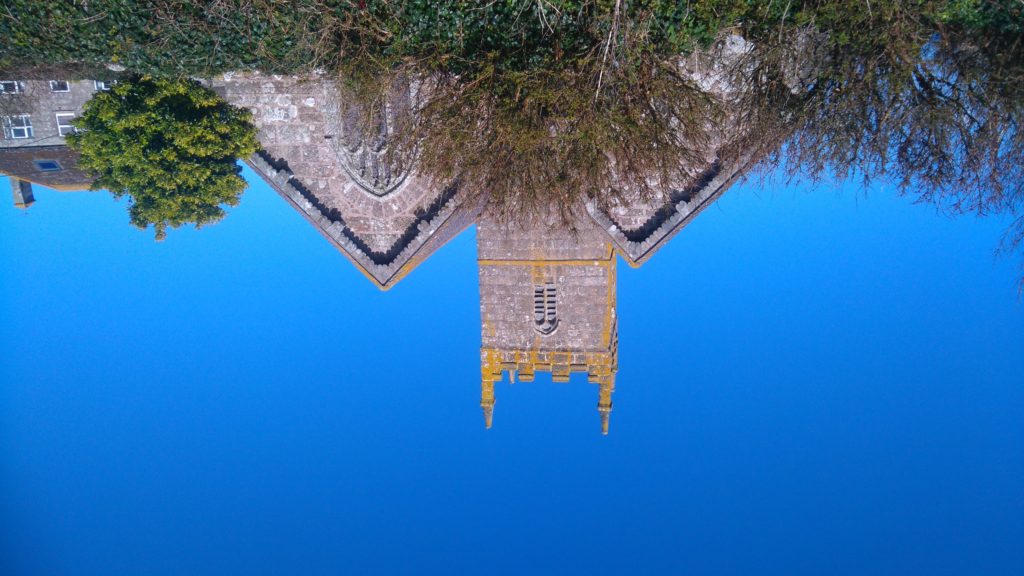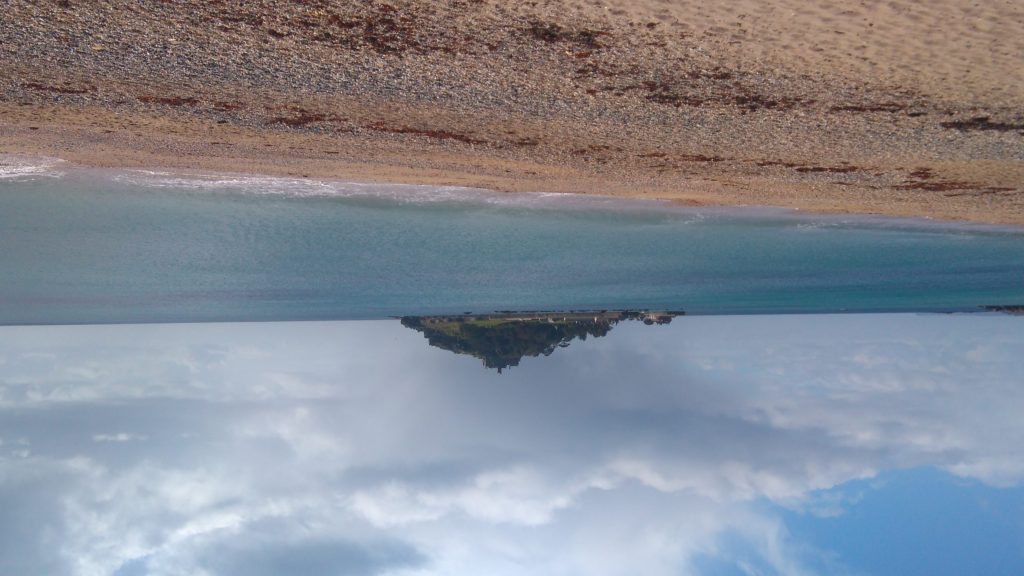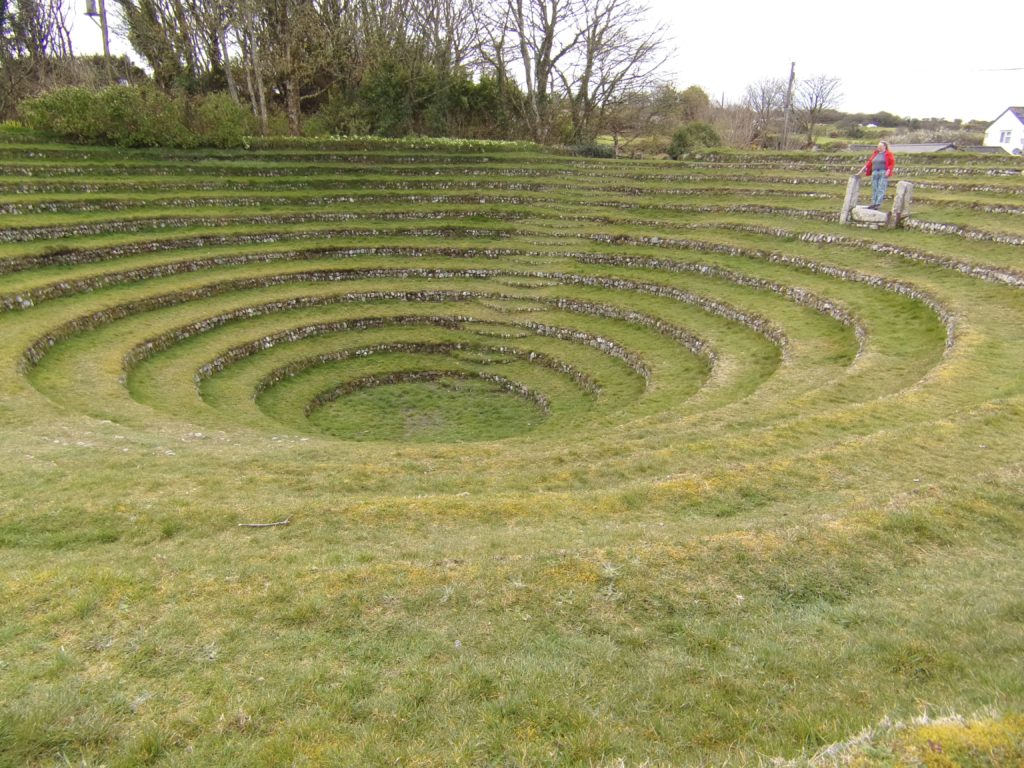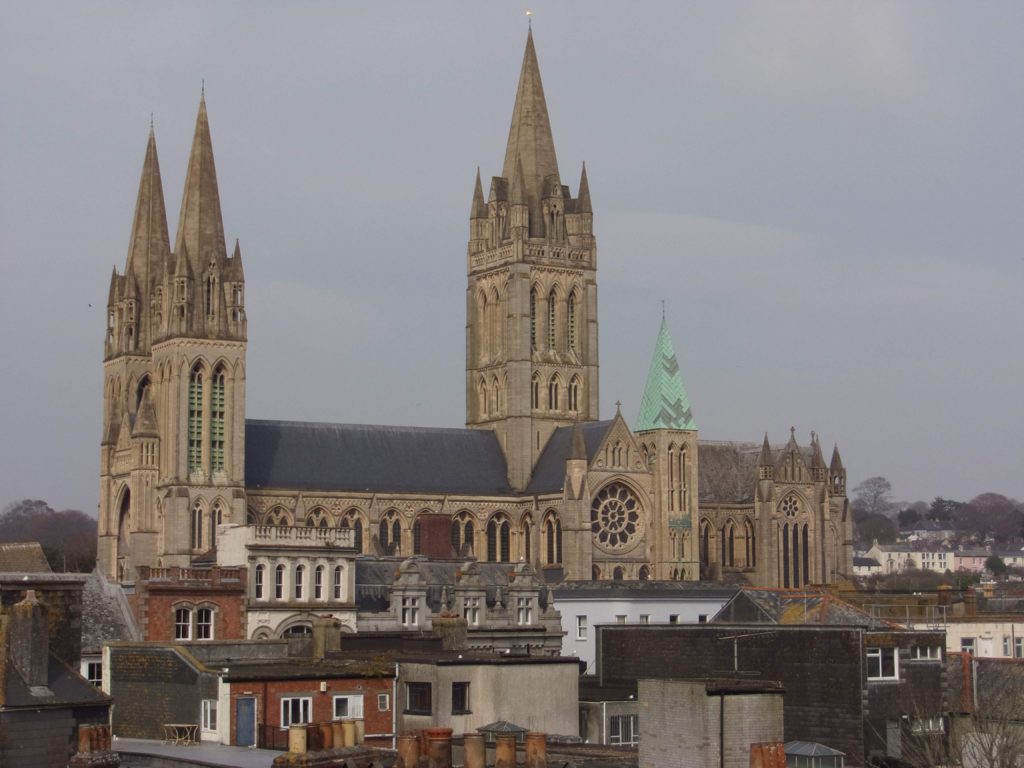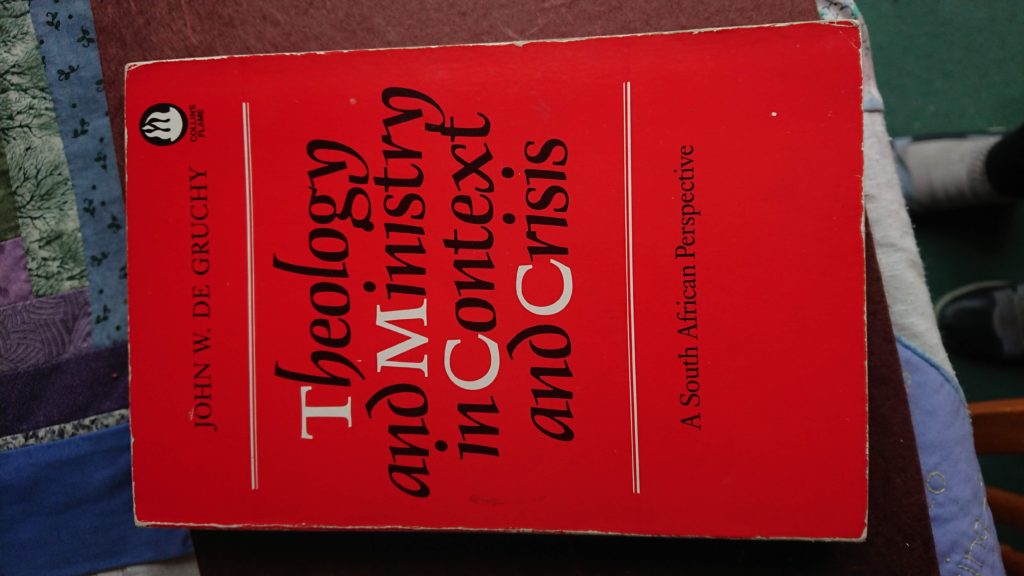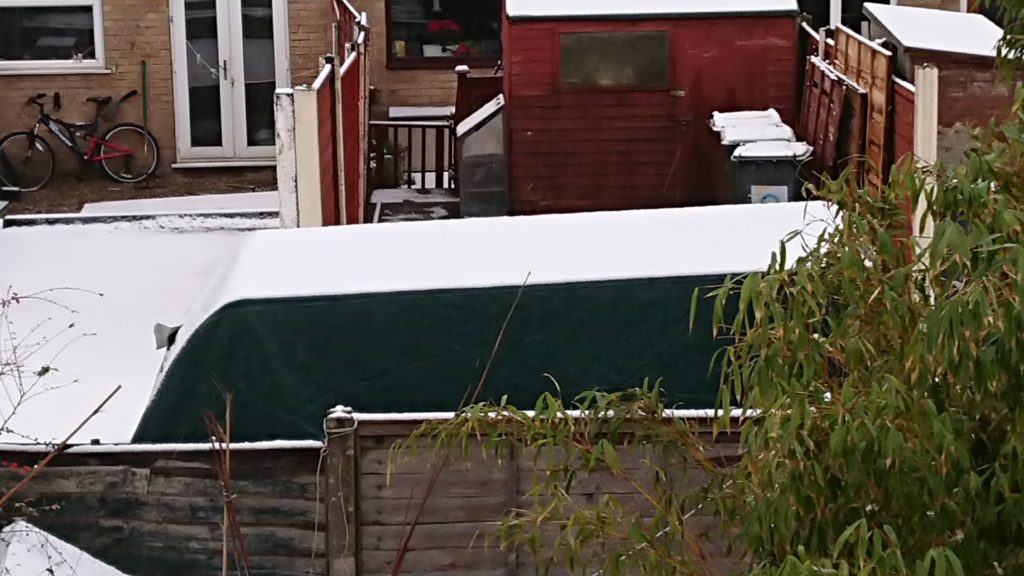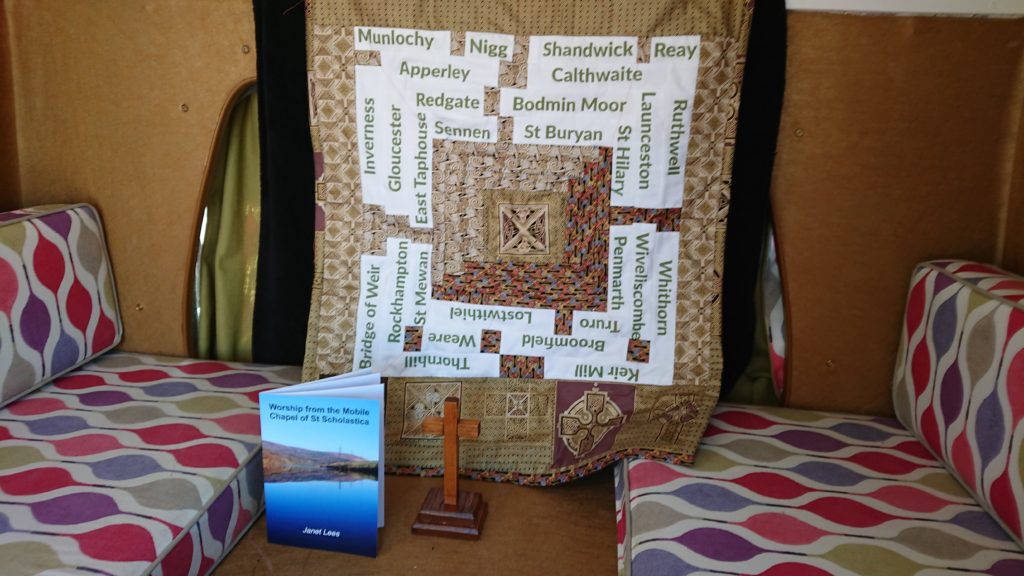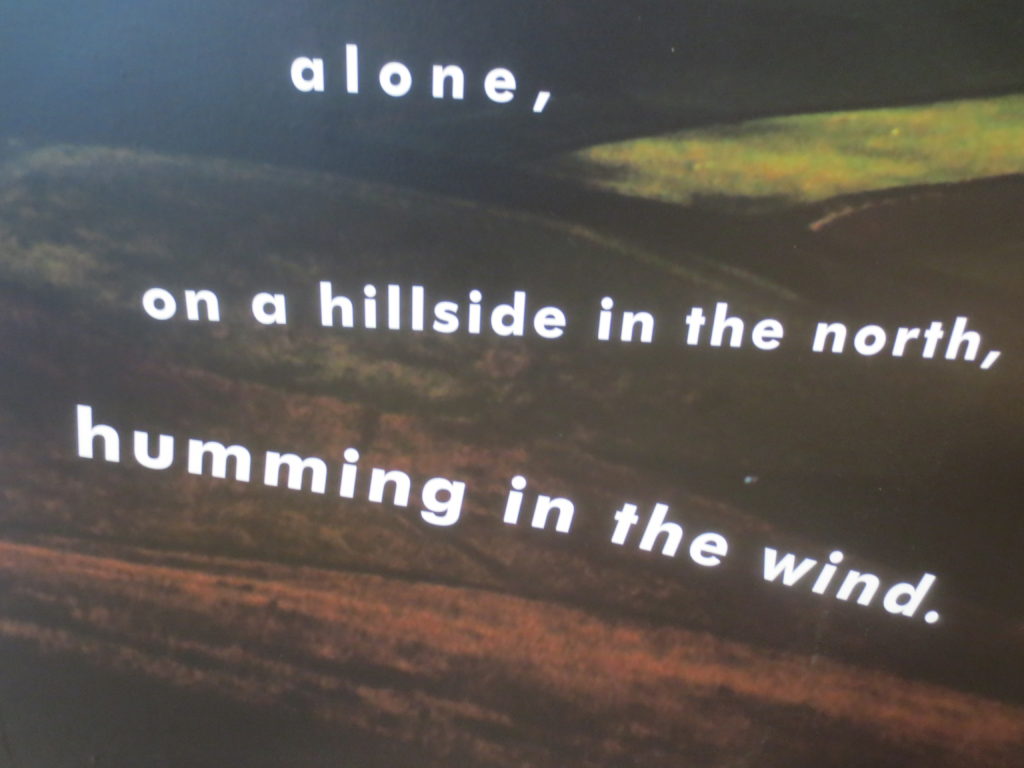Dear Benedict,
I hear that you knew a friendly raven. Various saints are linked to animals: there’s St Cuthbert and his otters and St Oswald is also linked with a raven. In Wales, St Melangell is the patron saint of hares. I’m sure there are many others though I’m not familiar with which saint is linked to the Lesser Stag Beetle, the Gannet or the slow worm. I did once know a child who was very fond of slow worms so perhaps it’s him.
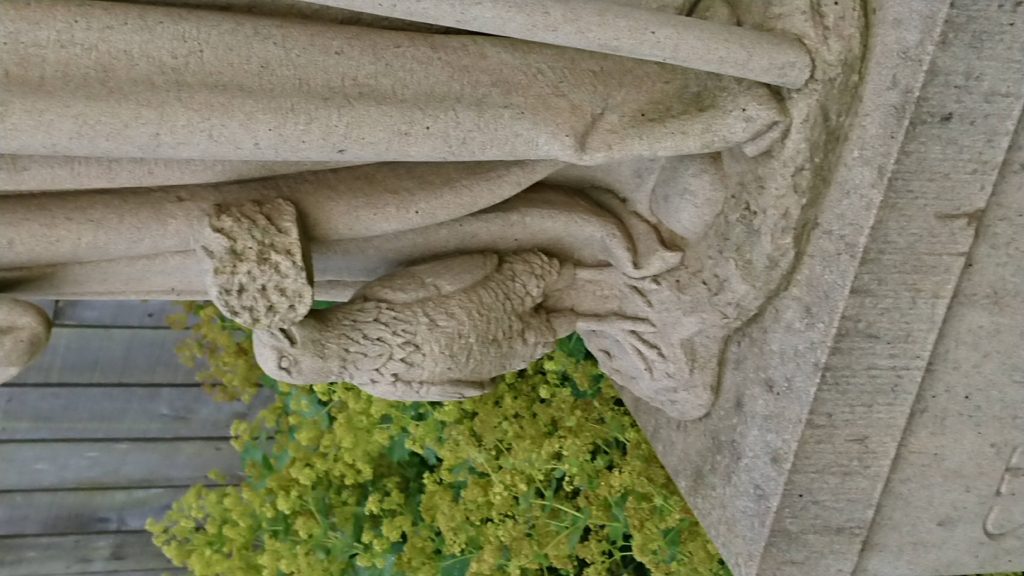
It’s interesting that we link holy people to animals in the wild and then promptly forget about them ourselves until it’s time to print another Countryfile Calendar or we see another bit of road kill. Some of us feed birds or count butterflies but it is our general disengagement with the natural world that contributes to our climate crisis. We have forgotten, in our rush to make as much money out of it as possible, that we share the planet.
You never mention the raven in your Rule. Probably it was one of those tales that got expanded later. The faithful raven and the humble monk make a good story, although I can imagine that you had much wild company when you were hermiting. I saw a young jackdaw in the valley recently, but I’m not very good at identifying corvids, except for the raucous magpie in the blue-black and white suit. There are quite a few of those.

My favourite avian companions are the geese that make their calls in the morning and evening, on the way out or on the way home, commuting up and down the valley. Unfortunately, the avian ‘flu virus has been seen in the valley again this year, especially amongst gulls.
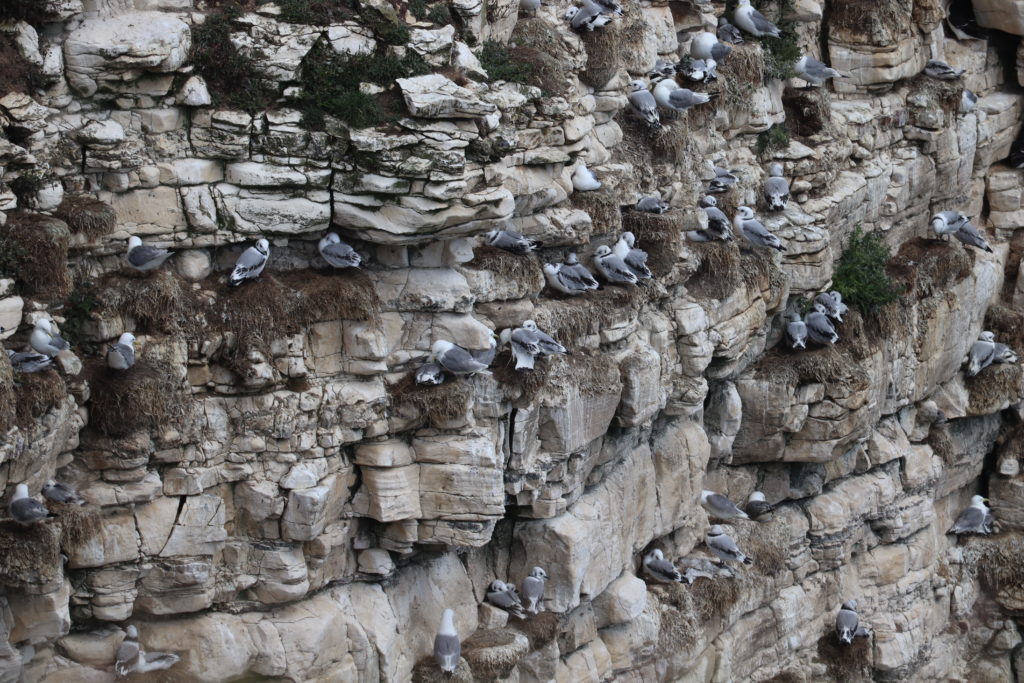
If I was going to add a chapter to your Rule it might be one about recognising the holy space all around us. About how the creatures that also occupy it are holy too as is every species of plant, fungus and bacterium. Some people point to parasitic wasps as proof against God but there’s no need to do so. They all have their own beauty and honouring the place of each one doesn’t mean we have to behave like parasites. It’s only 40,000 years since the earliest painter of Indonesia drew a pig on a cave wall. How long before there are no pigs to draw.
We have forgotten our first vocation, to name and care for our companion earth-dwellers. We need to remember before we all fall asleep on the job and there are no ravens left to guard us.
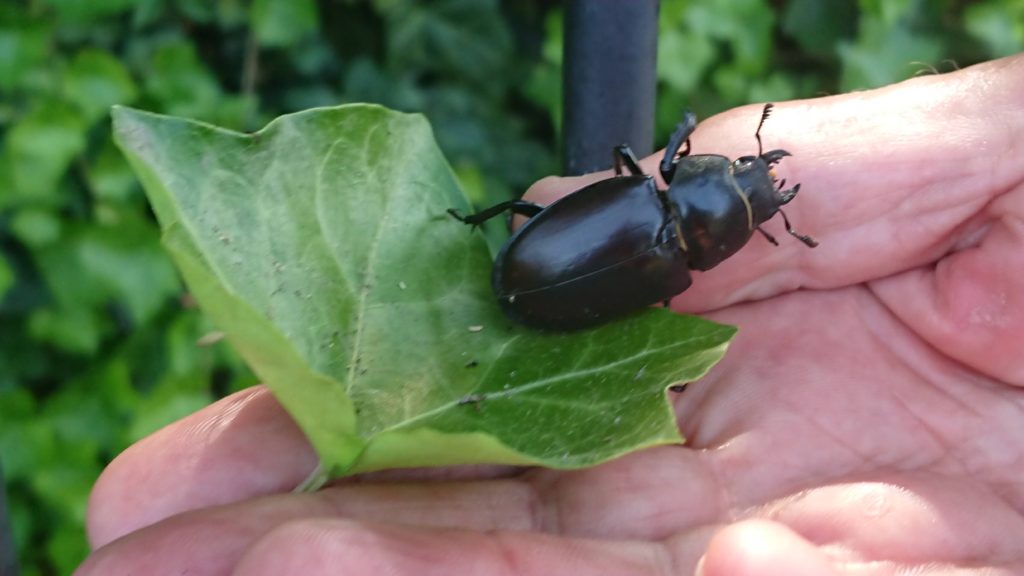
From the remembered gospel: God does not even forget the sparrows.
May the Creator of slow worms bless you;
May Christ, the counter of sparrows accompany you;
May the Spirit of the wholly connected mycelium bring you together,
That together we may grow in wisdom and understanding and know that all things count.
A Friend of Scholastica in Longdendale, 20.08.2023

